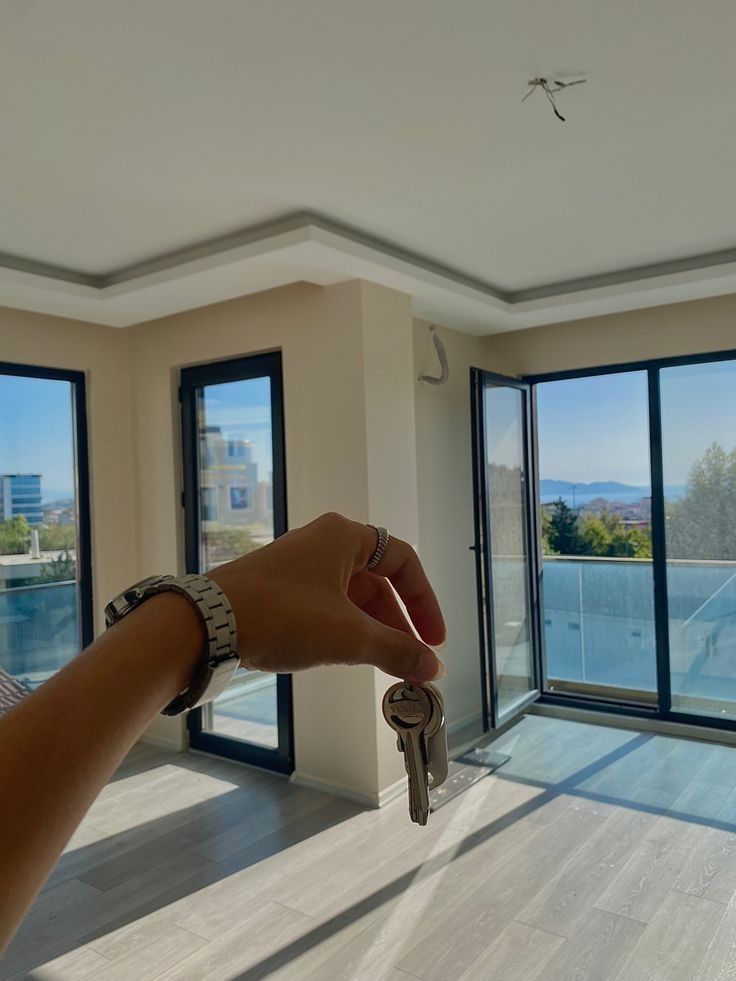An effective master plan gives the client clarity, understanding and tools for improvement.. A Design to Value master plan is not simply a design, or a set of drawings or visuals for a site.
It would be too risky because of the typical levels of cost uncertainty in nuclear projects.It would take too long and be too disruptive to do the required refurbishments.

It would be too risky because of the typical levels of programme uncertainty in these types of projects.It would be impossible to review and approve the design to ensure the required quality for these types of highly regulated buildings.It would be impossible to get the required supply chain capacity for the required design, manufacture, and construction capabilities.. What we need is a fundamental rethink with regards to the future of coal and how nuclear facilities are conceived, designed, procured, and delivered.

Instead of approaching this task as thousands of individual refurbishments, we need to have a unified approach where the design is simplified and standardised in such a way that a much wider range of designers, manufacturers and contractors can participate, and the design knowledge is embedded in building systems and design tools so that everyone involved can benefit from the learning on all the other projects.. To achieve this, we are working with Terra Praxis and their wider team, including specialists from MIT, University at Buffalo, Microsoft and KPMG, to:.Reduce, rationalise, standardise and optimise the building and engineering systems that are needed for a refurbished plant, in order to.

Reduce, rationalise, standardise and optimise the design, approval, manufacture, assembly and operation processes, in order to.
Reduce, rationalise, standardise and optimise the interactions between the required different supply chain organisations, to realise the processes described above at the scale that is required.. Terra Praxis are creating a business model that uses technology to connect people, organisations, and resources in an interactive ecosystem in which value can be created and exchanged.A key principle of this project and the thinking within it is actively and consciously to reinvest the positive impact and learnings of the project for the people involved, to create a virtuous cycle of continuous improvement and progress.. To learn more about our Design to Value approach to design and construction, sign up for our monthly newsletter here:.
http://bit.ly/BWNewsUpdatesWhat is operational carbon?.Operational carbon refers to the emissions of a building during its operation.
This includes regulated carbon emissions (heating, cooling, ventilation, lighting and domestic hot water) and unregulated carbon emissions which include small power and plug-in systems.. What is embodied carbon?.Embodied carbon refers to the carbon emissions generated by a building over its lifetime, including the processing, manufacture and distribution of building elements, the construction itself, the use of the building, the end-of-life scenarios and opportunities for reuse and recycle.. What does net zero carbon mean?.